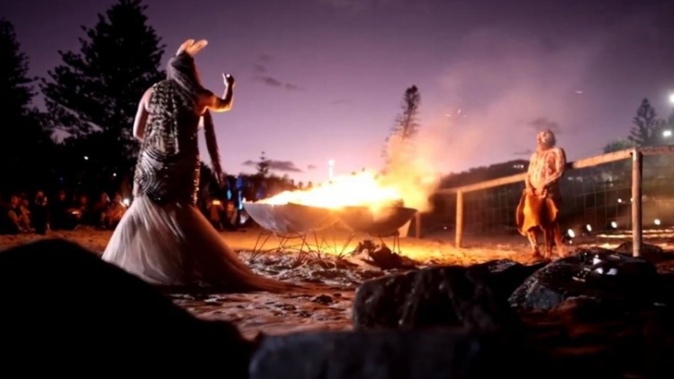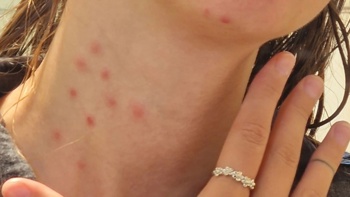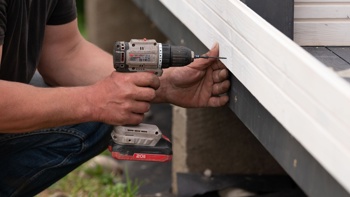
Karanga and mihi were on display at the Bleach Festival on the Gold Coast where thousands gathered to experience the 16-day event.
The festival provides locals and visitors a range of events and art displays including live music, pop-up art installations, exhibitions, outdoor film programmes, street parties and theatre.
Hine Ipurangi (Ngāti Kahugnunu) represented Ngāi Māori and performed alongside tangata whenua.
“For me, it’s such a beautiful honour to be able to call back to them and make it back to them in a way that we do.”
Hine was 6 years old when she moved to Western Australia where she was raised with her grandmother and the aboriginal people of the northern Western Desert
“The last memory I have is from Murupara, running around picking pūhā, and then I went to the desert and next minute I’m running around barefoot chasing kangaroos.
/cloudfront-ap-southeast-2.images.arcpublishing.com/nzme/VUWXV6EH7RAMVIP5FUI7C3JCAE.PNG)
“That’s the life that we had, 40-degree heat. It was such a contrast. And it was a shock at first because for most of my young teenage and adult life, I always felt like something was missing. There was a hole there, as beautiful as it was growing up in this beautiful country.”
With more than 150,000 Māori living in Australia, many of whom were born and raised there, Hine says it is important that they feel connected to their taha Māori.
“Because we don’t have marae here in Australia, so we find new ways of keeping our culture alive.”
She, along with Te Raina Ferris (Ngāti Kahugnunu, Ngāti Raukawa, Ngāi Tahu) began karanga wānanga with local Māori in 2016.
“The beauty with working with whaea Te Raina is that she believes all women can karanga if you karanga in te reo.
“So initially, we began with Māori women here but other women were interested in learning and to sit with us and to learn what we’re doing and what it means.”
Take your Radio, Podcasts and Music with you









